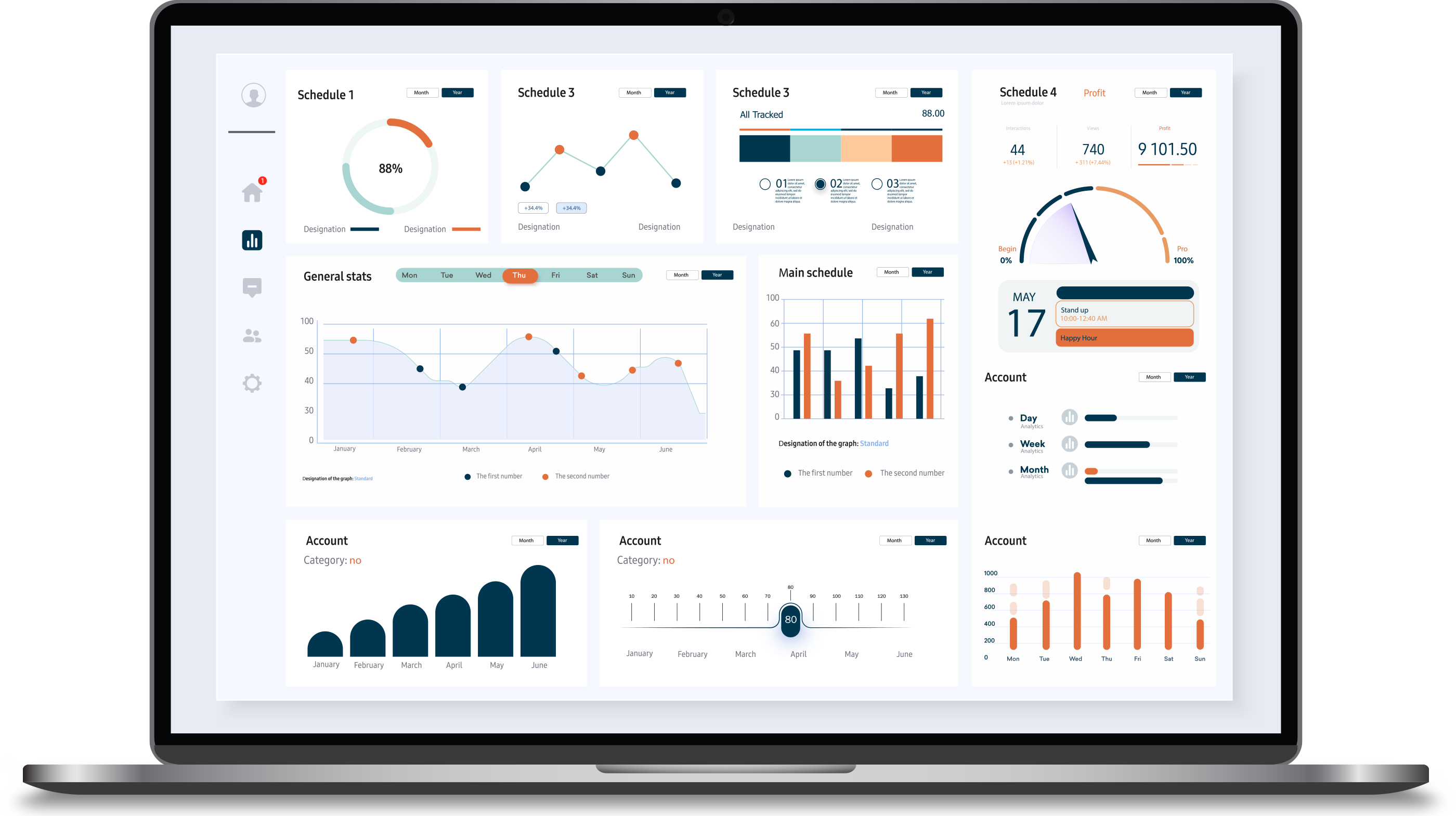The Complete Linen Service Cost Reduction Playbook
Breakdown of Linen Service Pricing Models
Linen service providers typically use one of three pricing structures:
– Per-piece pricing – Charges based on each item laundered (sheets, napkins, towels). Simple, but costs can strike with higher usage.
– Bundle pricing – A flat weekly or monthly rate for a set quantity. Predictable but often includes unused inventory.
– Hybrid models – Base rate plus variable charges for overages, damages, or specialty items. Requires careful monitoring.
Understanding which model you’re on – and how it compares to market averages – is the first step in effective linen service cost reduction.
How to Detect & Prevent “Pricing Creep”
Many companies experience “pricing creep”- small, increases that add up to large annual overcharges. Watch for:
– Automatic annual escalators above inflation levels
– Unexplained surcharges (fuel, energy, environmental fees)
– Invoice inconsistencies compared to your signed contract
How to prevent it: Negotiate fixed escalators caps, schedule quarterly audits, and require advance written approval for any fee increases.
5 Contract Clauses to Modify for Long-Term Savings
1. Escalation clauses – Tie price increases to CPI, not arbitrary vendor percentages.
2. Loss & damage fees – Cap charges or shift responsibility back to the vendor.
3. Automatic renewals – Replace with negotiated renewal terms.
4. Inventory Minimums – Reduce thresholds to align with actual usage.
5. Early termination penalties – Negotiate flexibility for changes in business needs.
Strategies for Adjusting Par Levels to Reduce Waste
“Par levels” (the number of linen sets on hand per room or operation cycle) directly affect your costs. Excess inventory leads to higher rental, wash, replacement fees. To optimize:
- Conduct a usage analysis for each department
- Adjust delivery schedules to reduce backup stock
- Train staff on handling linens carefully to extend lifespan
- Seasonally adjust inventory to match occupancy levels
Case Study: $80k Annual Savings in Hospitality
A mid-sized hotel group was struggling with rising linen expenses across three properties. Through a contract review and inventory analysis, the following actions were taken:
– Revised contract clauses to cap annual increases at CPI
– Eliminated unnecessary “environmental” and “fuel” surcharges
– Reduced par levels by 15% after usage analysis
Result: The hotel group realized $80,000 in annual savings without sacrificing guest experience or operational efficiency.
Final Thoughts
Linen service cost reduction isn’t about cutting corners – it’s about making sure your vendor relationship is fair, transparent, and efficient. By understanding pricing models, monitoring for creep, modifying key contract clauses, and optimizing par levels, businesses can unlock significant savings year after year.

Ready to Negotiate Smarter?
Is your linen program truly fair and efficient—or quietly draining your budget? Let’s schedule a call to review your contract and show how proactive management can unlock meaningful savings year after year.
